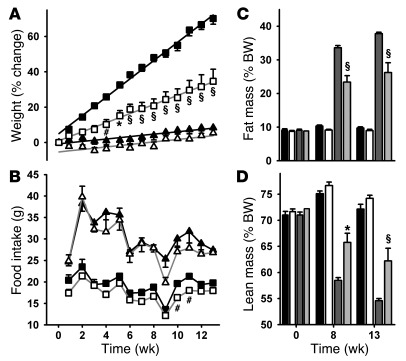Figure 5. TTA-A2 slows diet-induced weight gain.
(A) WT C57BL/6NTac mice were acclimated to reverse lighting and handling, divided into 4 cohorts, and weighed weekly. The mice were treated with vehicle (filled symbols) or 10 mg/kg TTA-A2 (open symbols) and fed either normal chow (triangles) or HFD (squares). Lines are linear regression fits to the data from weeks 1–13 (r2 = 0.99 for each HFD fit). (B) Food intake was measured by weighing food weekly. (C and D) Body composition was measured by qNMR at 0, 8, and 13 weeks of treatment with vehicle or 10 mg/kg TTA-A2. Black bars, vehicle-treated normal chow group; white bars, TTA-A2–treated normal chow group; dark gray bars, vehicle-treated HFD group; light gray bars, TTA-A2–treated HFD group. #P < 0.05, *P < 0.01, §P < 0.001, TTA-A2 versus vehicle; 2-way ANOVA and Bonferroni post-test. Data are mean ± SEM (n = 7–8 per group).

